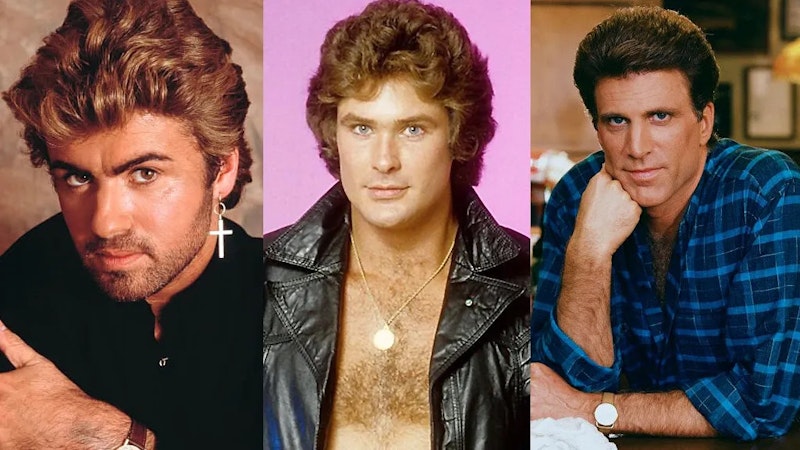When I arrived in Paris my first concern was to find an apartment. I thought it’d be the same as in the USA where you show up, pay a security deposit along with the first month’s rent and it’s done. But the rules here are different. Renters have a lot of rights and once in, it’s very difficult to evict them, even for non-payment.
Consulting church bulletin boards, I found a small furnished room in the apartment of an older woman. I stayed there for about four months, the time needed to find my own place. She was friendly and we stayed in contact over the last 28 years. She invited me to family dinners where I met her three sisters, their children and grandchildren.
The lady died about three months ago and I was invited to her funeral, followed by a reception at her sister’s apartment. I struck up a conversation with one of her nephews, a man about 67. He’d been a coiffeur and, though I’d seen him occasionally over the last 28 years, that was about all I knew about him. Each time I’d seen him in the past, he was always joking around and there was never an occasion for real interaction. I think it was a self-protection mechanism.
But this time he didn’t play his normal irreverent-jokester role. In fact, he told me his entire life story. He’d recently retired, purchased the building where his salon had been and was now renting it, so he had an income. This was all related in a matter-of-fact way. He then said he’d been a coiffeur for 47 years and, as he’d once calculated, had performed an average of 22- 24 haircuts a day, including dye-jobs. He said he worked 14-hour days and just took Sundays for a break. This made me imagine a pile of shorn hair a mile high.
I asked how he stayed abreast of the changes in hair styles; 47 years represents five different style periods, from the 1970s to the 2010s. He said it was easy, for styles are cyclical, they come and go with minor variations. He added that the only period he’d ever really found interesting was the 1980s because it had the greatest variety of styles. That made sense to me as I recalled the various cuts it was my displeasure to see during that period. I could see that from a creative point of view, it must be more interesting to do Duran-Duran type cuts rather than the “dull head in windy spaces” looks I recalled from my 1977 high school yearbook. It struck me that being a coiffeur was an original vantage point on the passage of history.
He then said, out of nowhere, that he’d misspent his entire life, that cutting hair wasn’t his true calling. He had the skill, so he did it. But looking back, he didn’t understand how he could’ve spent his entire life doing something he didn’t like. This admission caught me off guard; I didn’t know how to respond. But he kept on going. He’d picked the trade up when he was 17 at a state school where he learned the skill because he was paid to take the classes. He never had any intention of making it his life’s work, but this led to that and soon he was in a salon. He said that after he’d been at it for a couple of years he’d thought of quitting and picking up a new trade, maybe computers, but by then he and his wife had their first child and he realized that would mean a big pay cut and at least a year’s training, so he stayed put.
When he stopped speaking, I was relieved that he didn’t expect me to make any observations. I didn’t know what to say; how does one respond to the drama of an entire life? And the strangest thing was that just a couple of days before I’d cut my own hair using two mirrors and a pair of scissors.

